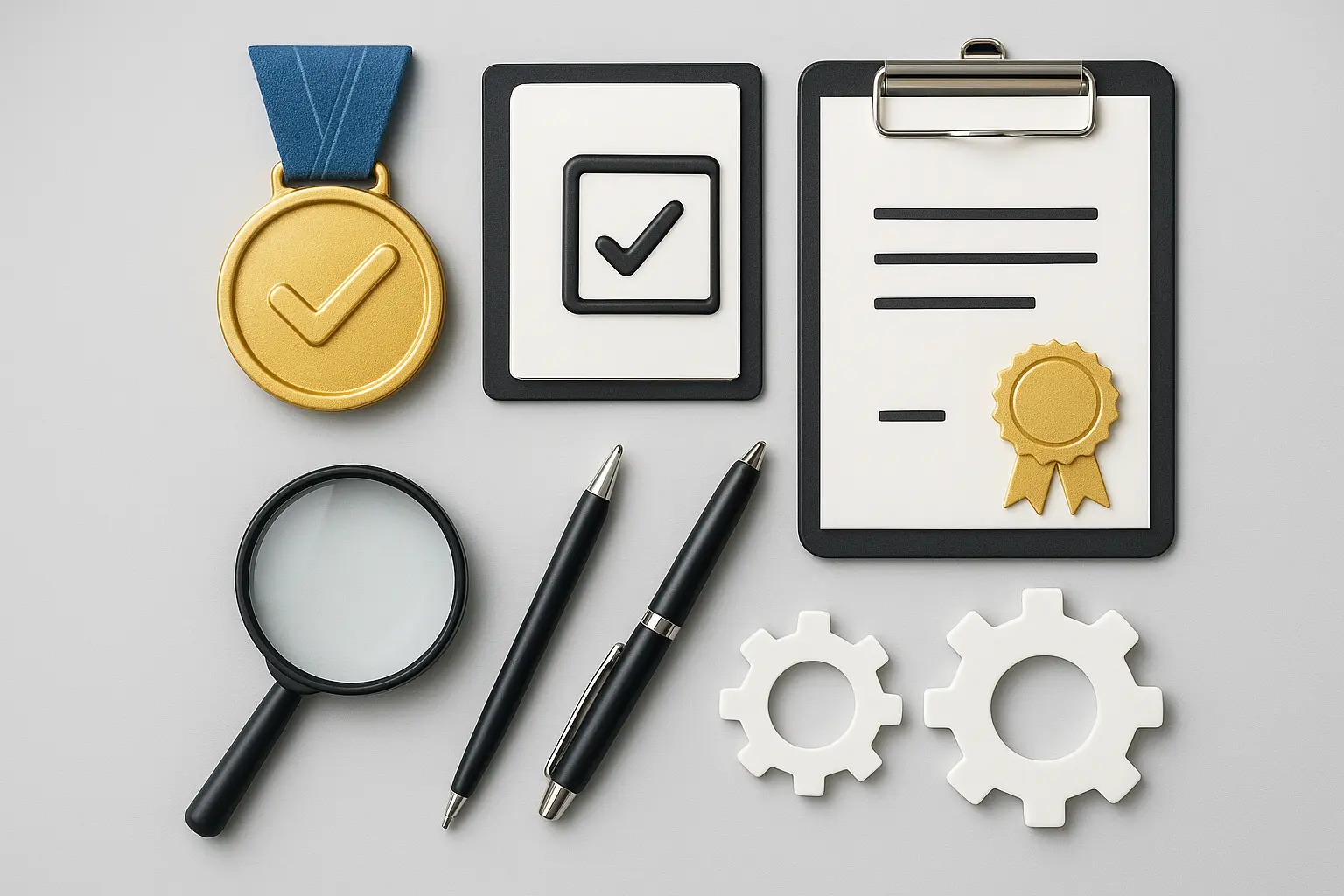ISO 55001 Asset Management System Certification
The ISO 55001 standard provides a framework for managing assets in an efficient and effective manner. This certification is particularly relevant for organizations that manage large portfolios of physical or intangible assets, such as infrastructure, machinery, buildings, or intellectual property.
ISO 55001 focuses on the strategic management of assets to support business objectives while ensuring sustainability and cost-effectiveness. The standard emphasizes continuous improvement in asset management practices through a structured approach that encompasses planning, doing, checking, and acting (PDCA cycle).
The benefits of obtaining ISO 55001 certification are manifold for organizations seeking to enhance their asset management processes:
- Improved Efficiency: Streamlining workflows and reducing costs through optimized resource allocation.
- Enhanced Decision-Making: Leveraging data-driven insights for more informed strategic decisions regarding asset investments.
- Sustainability: Ensuring assets are managed in a manner that minimizes environmental impact while maximizing utility.
- Risk Management: Identifying and mitigating risks associated with asset management processes proactively.
- Regulatory Compliance: Demonstrating adherence to relevant regulations and industry best practices.
Organizations that achieve ISO 55001 certification can expect a significant boost in their reputation, attracting new business opportunities and enhancing stakeholder trust. This recognition signals commitment to excellence in asset management practices.
The certification process involves an audit conducted by a certified auditor who evaluates the organization's compliance with the standard’s requirements. The audit is based on evidence collected through document review and interviews with personnel involved in asset management processes.
Upon successful completion of the audit, organizations receive formal certification, which is valid for three years. To maintain this certification, periodic reviews are necessary to ensure ongoing adherence to the standard's principles and practices.
Why It Matters
The significance of ISO 55001 lies in its role as a guide for organizations to enhance their asset management systems. In today’s competitive business environment, where assets can represent a significant portion of an organization's overall value, effective management is crucial.
For quality managers and compliance officers, achieving this certification demonstrates that the organization adheres to internationally recognized best practices in asset management. This not only enhances internal processes but also positions the company favorably in terms of external reputation and market perception.
R&D engineers can benefit greatly from adopting ISO 55001 by gaining a structured approach to managing their resources more efficiently. By implementing this standard, they can optimize research and development activities, ensuring that assets are utilized optimally throughout the lifecycle.
For procurement professionals, ISO 55001 provides a framework for selecting suppliers who align with sustainable practices. This ensures that the organization is not only managing its own assets effectively but also supporting vendors who share similar values and practices.
The standard's emphasis on continuous improvement encourages organizations to regularly review and refine their asset management strategies, leading to more resilient and adaptable businesses capable of navigating changing market conditions successfully.
Scope and Methodology
The scope of ISO 55001 is broad and encompasses all aspects of asset management within an organization. It covers the strategic, tactical, and operational dimensions of managing assets to support organizational goals.
The methodology involves several key steps:
- Asset Identification: Identifying all assets relevant to the organization’s objectives.
- Asset Registration: Documenting each asset with detailed information including its history, condition, and performance data.
- Strategic Alignment: Aligning asset management activities with broader organizational strategies and goals.
- Performance Measurement: Establishing metrics to measure the effectiveness of asset management processes.
- Continuous Improvement: Implementing a system for ongoing review and enhancement based on performance data.
The standard uses the PDCA cycle as its foundation, ensuring that each phase of asset management is continuously reviewed and improved. This cyclical approach allows organizations to adapt quickly to changing circumstances while maintaining high standards of asset management.
Use Cases and Application Examples
The implementation of ISO 55001 has been successfully demonstrated across various sectors, including transportation, energy, construction, and manufacturing. Here are some specific use cases:
- Transportation Sector: Rail operators have used ISO 55001 to optimize the maintenance schedules of trains and tracks, reducing downtime and improving service reliability.
- Energy Sector: Utility companies have implemented this standard to manage their large fleets of infrastructure assets more efficiently, leading to reduced operational costs and enhanced sustainability.
- Construction Sector: Construction firms have utilized ISO 55001 to streamline the management of both tangible and intangible assets, improving project planning and execution.
- Manufacturing Sector: Manufacturers have adopted this standard to enhance supply chain management by aligning asset strategies with production goals.
In each case, organizations have seen significant improvements in operational efficiency, risk reduction, and overall asset performance. The application of ISO 55001 has enabled these companies to better meet customer demands while maintaining sustainable practices.





